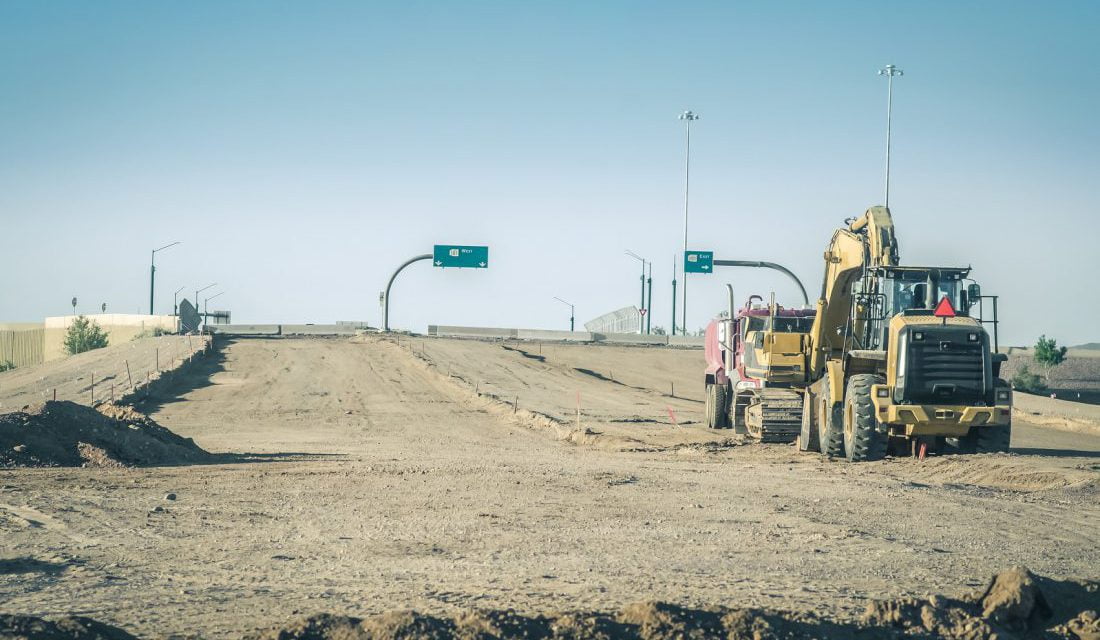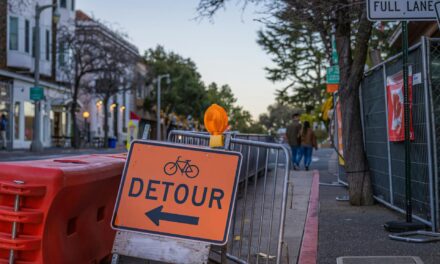It’s hard to believe, but in this age of political chaos, there is still something we can all agree on: infrastructure.
In a surprisingly bipartisan effort, the U.S. Senate passed an infrastructure bill at the beginning of August 2021. While the House has yet to vote on the measure, it plans to pass the bill by the end of September once other budgetary priorities are met.
Some highlights of the bill include:
- $110 billion invested in repairing and building roads, bridges and major transportation projects;
- $73 billion invested in clean energy to combat widespread power failures;
- $65 billion to build out high-speed internet access;
- $55 billion to replace old lead pipes and ensure clean drinking water for all communities;
- $50 billion invested in networks to protect against climate change-related weather disasters, particularly in Western states, including drought and floods;
- $39 billion to modernize public transit;
- $7.5 billion to build an interstate network of electric vehicle chargers; and
- $3.5 billion to weatherize buildings and homes.
While very few of the bill’s provisions are directly related to housing, infrastructure forms the basis of housing markets across the nation. After all, without the building blocks the government provides for communities, these neighborhoods wouldn’t be desirable places to live.
But perhaps the most important thing about the infrastructure bill is not immediately apparent in the numbers — the jobs it will create.
The housing market is not an island
1.3 million jobs are still missing in California compared to the pre-recession peak, as of July 2021. These jobs are returning at a glacial pace, and the number of jobs even fell back from the prior month in July 2021. At the national level, the pace of job additions has also slowed this summer as COVID-19 levels rise.
This unstable jobs market is a problem because jobs form the foundation of the housing market. Without jobs, renters cannot pay rent or save up to become first-time homebuyers. Every job lost translates to reduced income, a homeowner unable to pay their mortgage or a renter soon to be evicted.
Here in California, the administration expects roughly $45 billion to flow into the state, the vast majority allocated for roads, bridges and similar projects. For example, over 1,500 bridges and 14,000 miles of highway are in “poor” condition in California. The cost of these poor conditions translates to roughly $800 a year per resident.
The state will also benefit from $84 million to be dedicated towards wildfire reduction efforts, which continuously threaten homes.
Related article:
While some of this money will go towards building materials and already-existing organizations, much of the money spent will provide new jobs. The administration estimates two million jobs will be added nationwide each year through the plan, most of these in low- and mid-paying industries.
The money needed to pay for the plan will largely come from higher taxes on highly profitable, multinational corporations and ultra-wealthy individuals. As it is a bipartisan plan, it lands somewhere in the middle of where either side might want it to lean. For example, Moody’s Analytics finds the money invested and likely to be generated is “only sufficient” to return jobs to full employment from the 2020 recession. Thus, the infrastructure bill is not likely to go overboard, and it hopefully won’t fall short of its goals.
In other words, the infrastructure bill is nothing to get worked up about. But it is worth taking note: it’s rare for both political parties to agree on anything. In this case, everyone recognizes our nation’s infrastructure is crumbling, and the jobs market is suffering.















The investments in broadband, water infrastructure, and lead pipe replacement will make a big difference in the lives of millions of Americans.
Carrie, I agree that one of the best things about this money is that it will create jobs. But you decided to omit the real reason job growth has been so anemic in CA … and that obviously is because the Govt has decided to pay people to stay home. Now that some of that unemployment $ is going away, people will start taking the jobs that have been waiting to be filled, but people were being paid too well to not work. Bad Govt policy, again. It is inexcusable that you elected not to disclose this as a major reason for the sluggish job growth in CA. I just hope that the money is spent wisely in California. There has been too much evidence of wasteful spending by the CA Govt to not be skeptical of this point.
A very small percentage to infrastructure and the majority to other nonsense/welfare programs that have nothing to do with it. You think $45 billion is going to fix all those miles of roads and all those bridges, especially with how our governments overpay for everything?!!!!!!
This is why even some house democrats don’t want this bill as it stands!!!!!!